There can be your advertisement
300x150
Tips for Installing a German Corner in Home Conditions
It's back! After a long break, the small German corner is once again becoming a sought-after element in modern interior design projects.
And it's just as important. The small German corner offers many advantages, and you'll learn about each of them in this article.
What Is a German Corner?
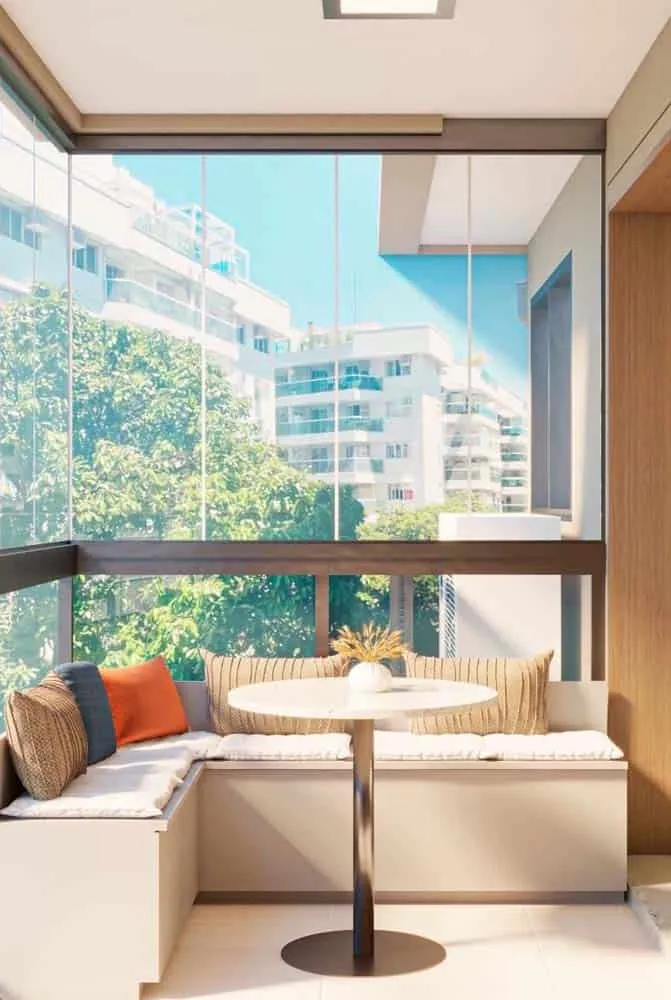 Pinterest
PinterestA German corner is a combination of tables, chairs and benches, usually used in dining rooms, although it can also be found on balconies and in outdoor spaces.
Usually shaped like the letter L, a German corner provides greater comfort compared to a regular table and allows more people to be seated at the table. However, modern German corners now come in new shapes such as straight and round models.
As you might guess, the German corner originated in Germany. It was common practice to use this type of composition between tables, chairs and benches in commercial establishments like cafes and restaurants. But not long after, it became beloved in residential projects, especially due to reasons we'll mention below — take a look.
Why Choose a German Corner?
The Heart of the Mother
A German corner is like a mother's heart, always finding space for one more. Unlike a regular table with chairs, the German corner offers more opportunities to accommodate guests since benches don't have clear seat divisions.
Thus, even if you have a four-seat table, adding a German corner allows seating up to six or seven people at the same time.
Space Saving
The German corner is regaining popularity in interior design precisely because it's efficiently used in small spaces.
This is due to the fact that a German corner bench sits directly against the wall, requiring less area for use. Moreover, it also frees up space for walkways, making the room cleaner and less cluttered.
Another benefit of a German corner in this sense is that the table can be placed directly against the wall, with the bench underneath when not in use. This configuration helps save even more space in the dining room.
Works with Any Design
The German corner has been reimagined many times over the years. The classic solid wood and upholstery model has given way to more minimalist and modern variants.
Today, German corners in various colors, shapes and sizes can be found that adapt to the most diverse decoration styles — from classic to modern, including rustic and vintage styles and many others.
Now take a look at 9 ideas for a small German corner. Get inspired before creating your own.
1.
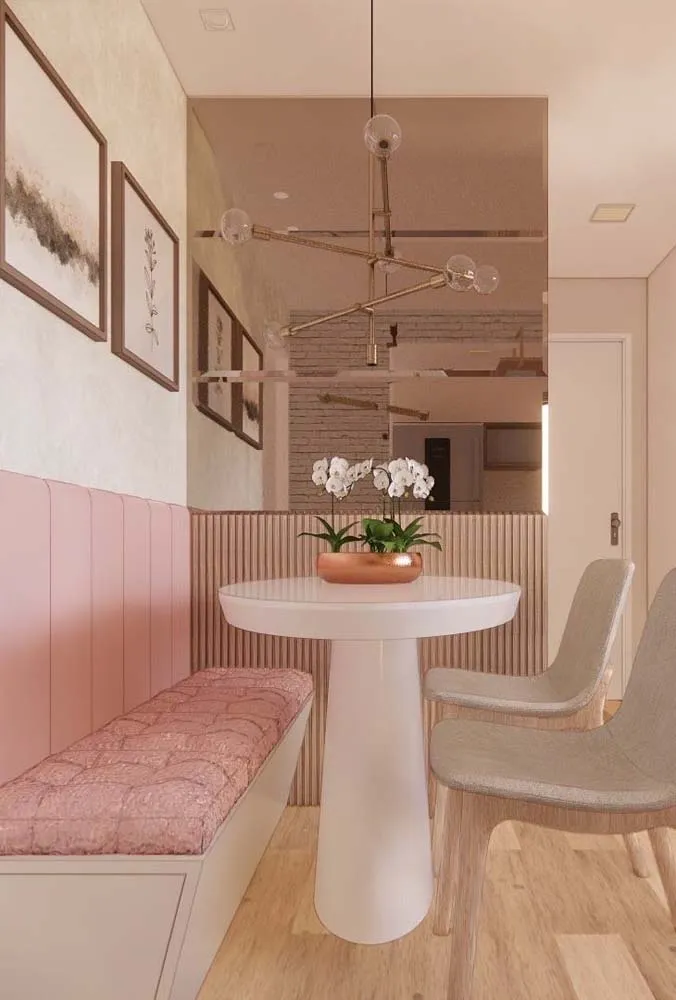 Pinterest
Pinterest2.
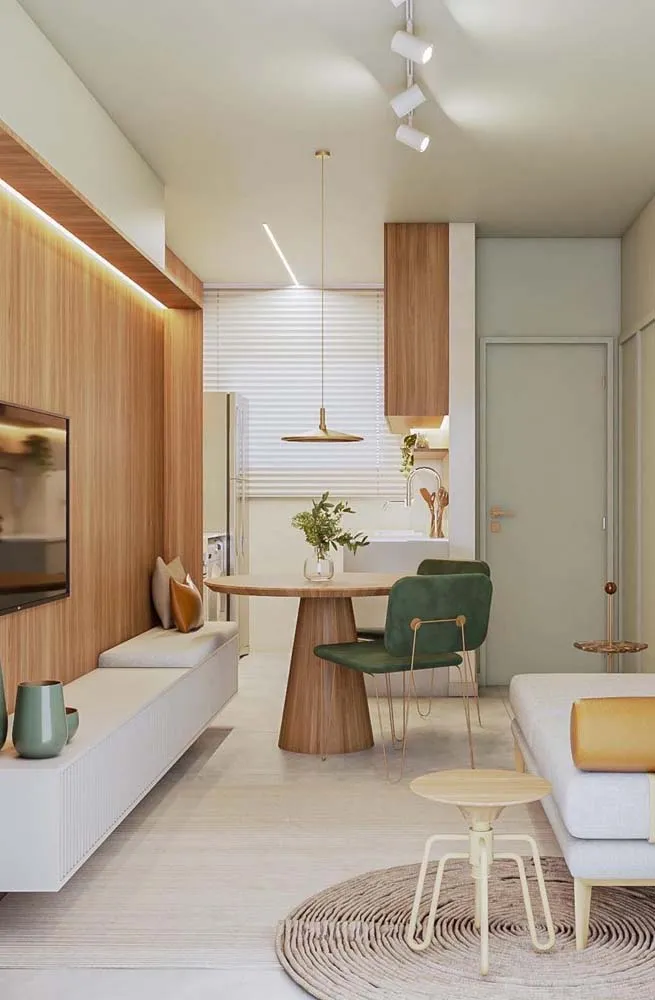 Pinterest
Pinterest3.
 Pinterest
Pinterest4.
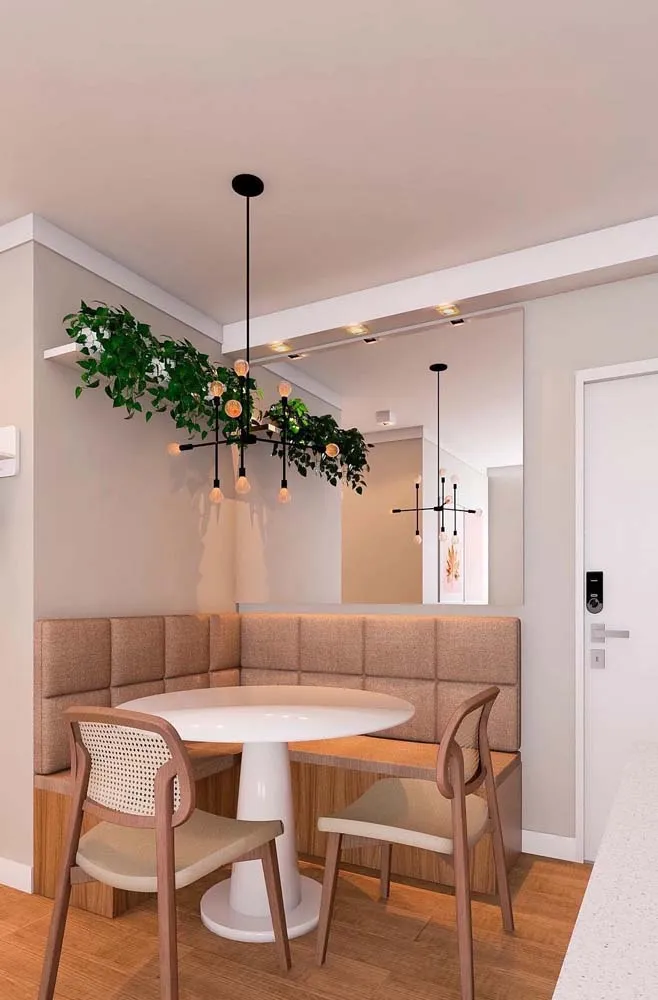 Pinterest
Pinterest5.
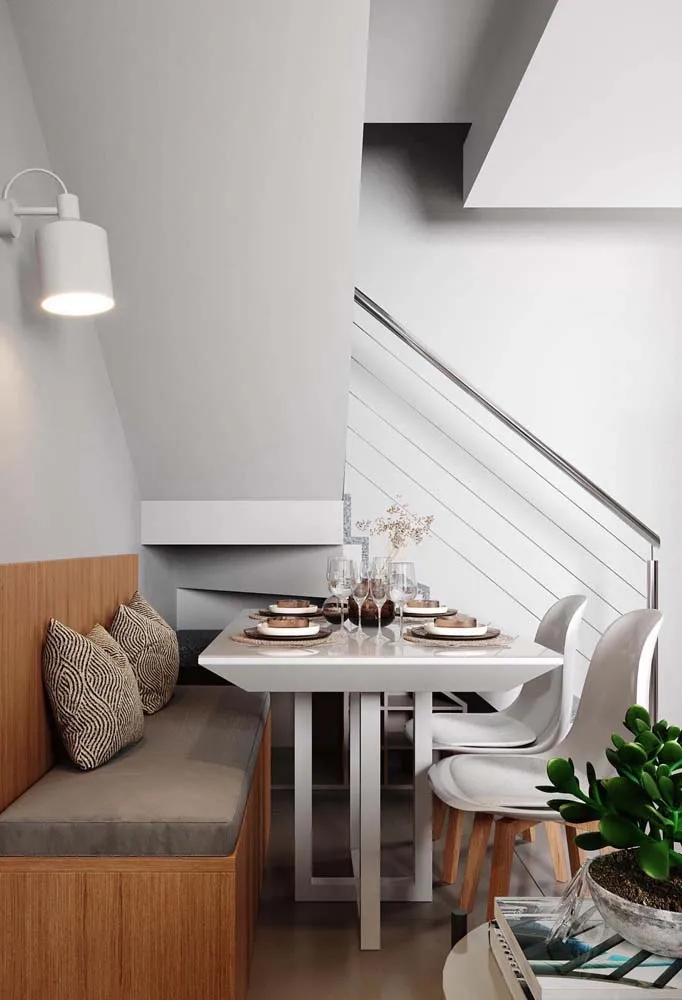 Pinterest
Pinterest6.
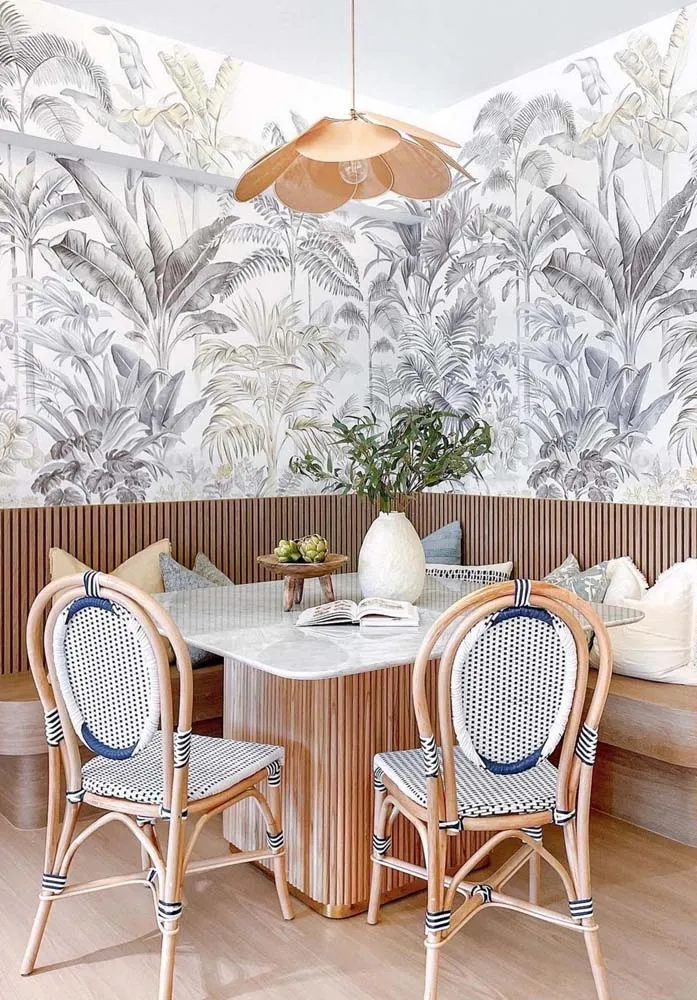 Pinterest
Pinterest7.
 Pinterest
Pinterest8.
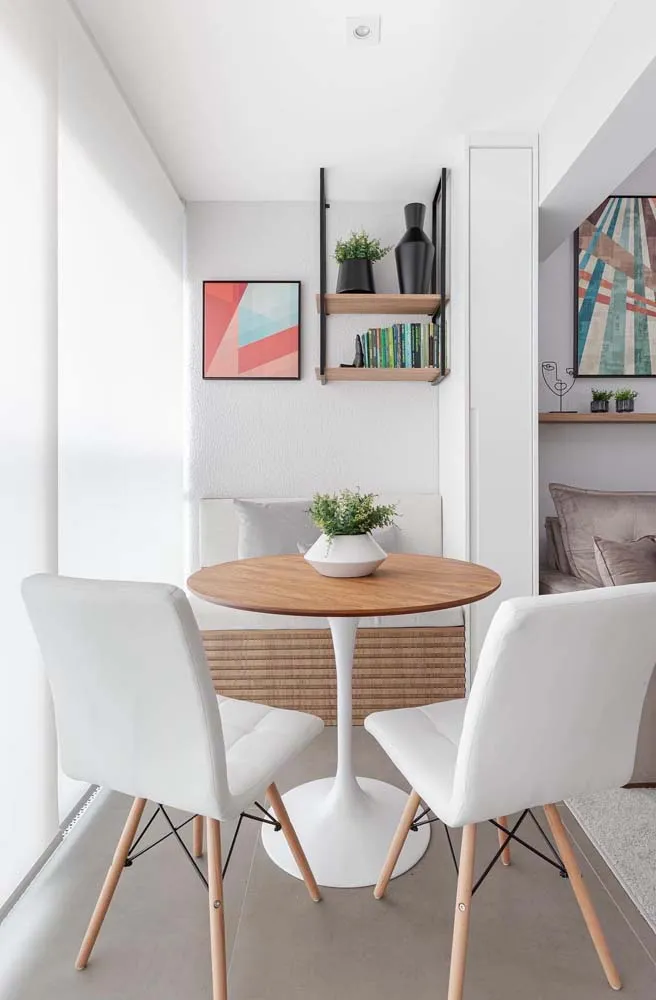 Pinterest
Pinterest9.
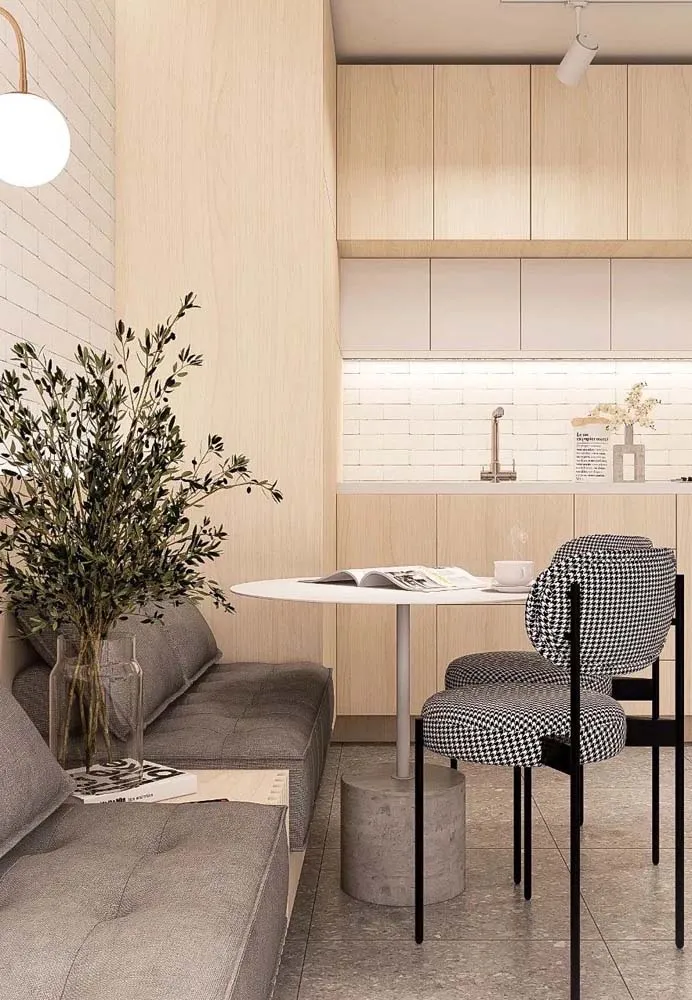 Pinterest
PinterestMore articles:
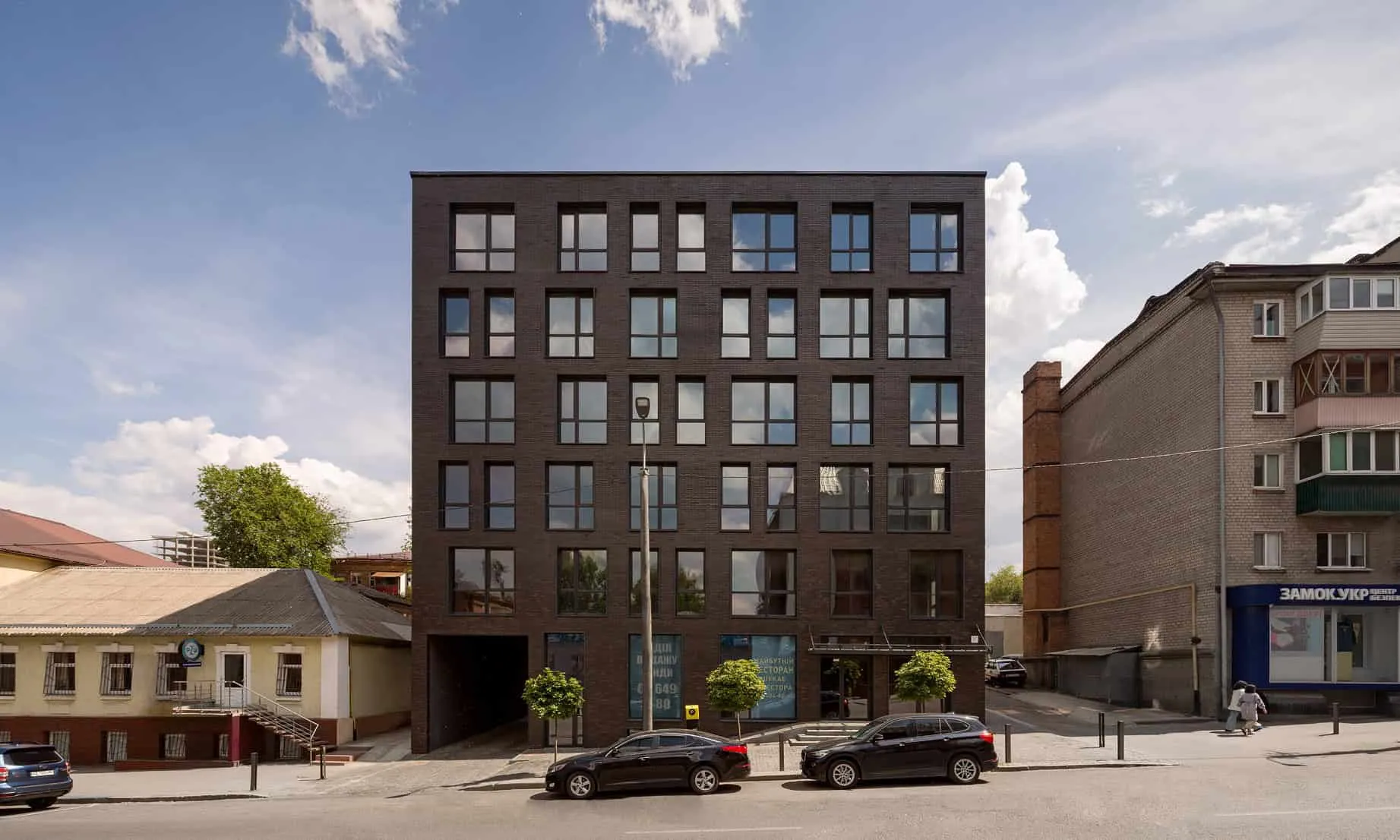 Cubic Building | ArchObraz | Dnepro, Ukraine
Cubic Building | ArchObraz | Dnepro, Ukraine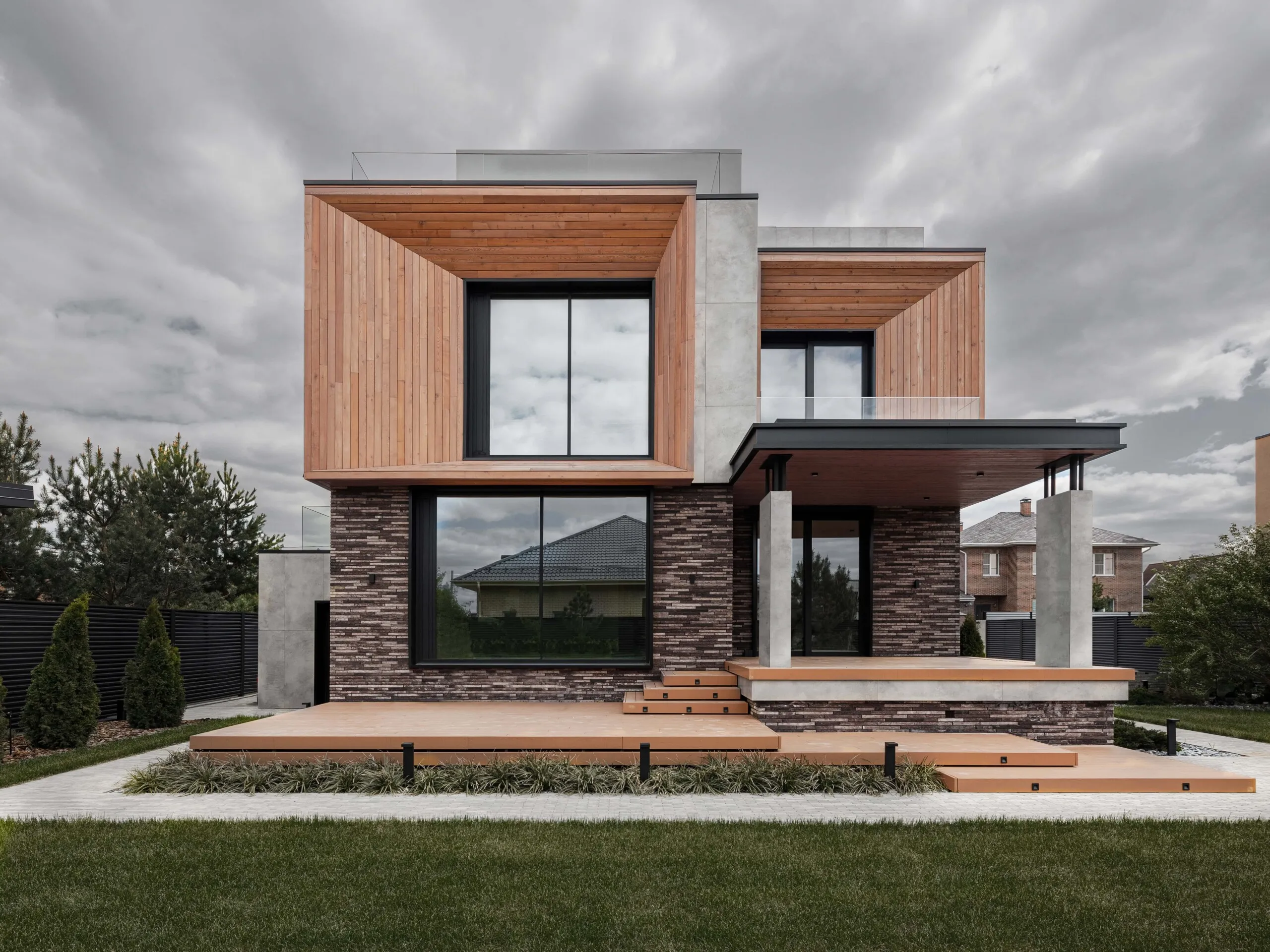 Cube House: A Modern Minimalist Artwork by AR Architects
Cube House: A Modern Minimalist Artwork by AR Architects Cubism and Its Further Influence on Art and Pop Culture
Cubism and Its Further Influence on Art and Pop Culture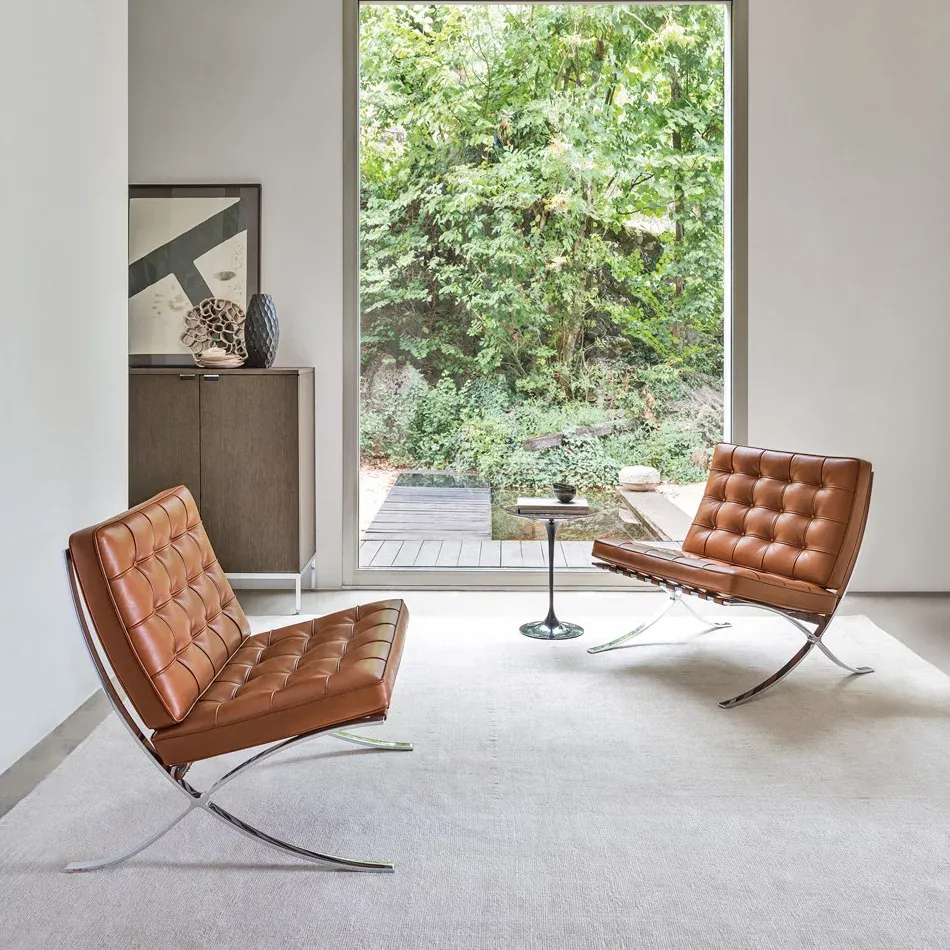 Iconic Designer Chairs You Should Know
Iconic Designer Chairs You Should Know Round Wool Sofas for Cozy Winter Season
Round Wool Sofas for Cozy Winter Season Curtains and Blinds: What the House Wears to Decorate Windows
Curtains and Blinds: What the House Wears to Decorate Windows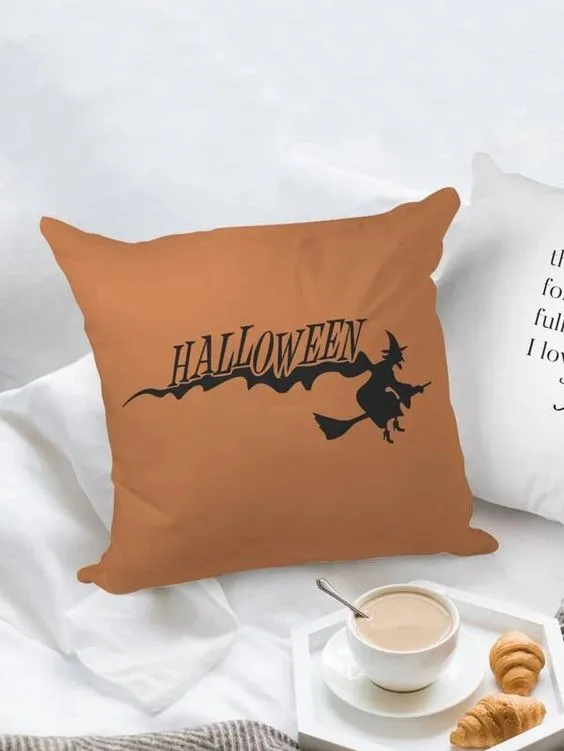 Halloween Pillow Decorations for October Home Decoration
Halloween Pillow Decorations for October Home Decoration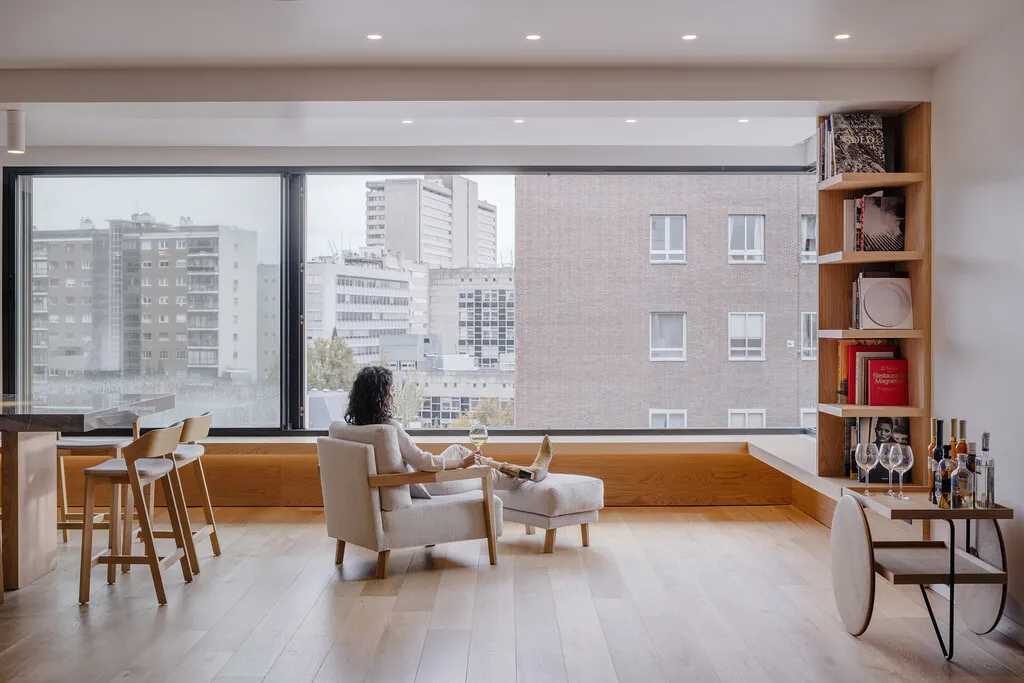 Individual Design of a Double-Floor Apartment in Madrid - A Sweet Treat for the Eyes
Individual Design of a Double-Floor Apartment in Madrid - A Sweet Treat for the Eyes